Author

Published Date
14 November 2020
Abstract
Sewage treatment is an untapped potential in the world, especially in developing countries like Kenya (Water U. , 2017) Water security is an important aspect in any country; with the gradual increase in population that causes an increase in demand for resources, water has not been spared. If we put in mind the aspect of water footprint; which is the amount of water consumed by human activity as well as the assimilation capacity used (the ability of water to cleanse itself) (Wainoga) we can comprehend the major role treated wastewater can play if utilized sustainably (A.K. Chapagain, Nov 2004)To understand this further, even though the daily requirement of a person is 2-4 liters, it takes 2000-5000 liters of water to produce one person’s daily food. This means in a day as a person you utilize much water than you may think especially indirectly. Therefore, we need to properly utilize and conserve the little water resources we have and research shows every 1dollar invested in water bring 5.5 dollars back to society (Water F. , 2009) All this should be in the context of a circular economy whereby economic development is balanced with the protection of natural resources and environmental sustainability. This document shows how Kenya, being a third world country that is an ASAL, with options that are much limited and more difficult due to: lack of infrastructure, technical and institutional capacity, and financing, can sustainably utilize wastewater, which represents a widely available and valuable resource; through the biological treatment of the sewage, the effluent when tested should meet the standards in the water schedules in the Water Act 2002 (Kenya, 2009/10).
Through research done the benefits from investments of reuse compare well with cost of other options to increase water availability (Water U. N., 2018).
Keywords: sustainable; sewage treatment; Kenya; water utilization
Introduction
Kenya is a developing country and an Arid and Semi-Arid (ASAL) region with a population of about 47.5 million people as per the last census (Statistics, November 2019) This population sewerage coverage is low especially in the capital city, Nairobi with the lowest. Nairobi is served by two main sewage treatment plants: Ruai Sewage Treatment Plant also known as Dandora estate sewage treatment works with a capacity of 160,000 m3 /day and Kariobangi Waste Water Treatment Plant with a capacity of 32,000 m3 /day. There are several existing sewerage treatment plants (STPs) in the city, but most of them are localized STPs with a small capacity of less than 2,000 m3 /day. The two main wastewater treatment plants only receive 40% of the city’s waste as some areas are yet to be connected to the sewerage network. Challenges affecting them are: huge amounts of solid wastes that are carried in to the plant and end up destroying the equipment’s hence reducing their life span, also these solid wastes affect the treatment process parameters like Chemical Oxygen Demand (COD) to not be effectively removed, and they are not fully constructed hence not enough for the area they cover thus overwhelmed. This leads to the water quality of the treated effluent not meeting the standards stipulated by the National Environment Management Authority (NEMA) (Authority, 29th September 2006).
In Kenya, one is allowed to keep the sewer in their compounds through soak pits, latrines, waste water treatment plants, or pass through the sewerage lines. This is the main cause of problems in Kenya regarding sanitation as the population area that has no sewerage connection opts to not meet the cost of exhausting which is 5000Ksh per track, and rather discharge raw sewage direct into the environments especially through the storm drains when it rains. As represented in the photographs below is just a few examples of the uncouth behavior practiced religiously. This is detrimental to the environment and can lead to serious health consequences.
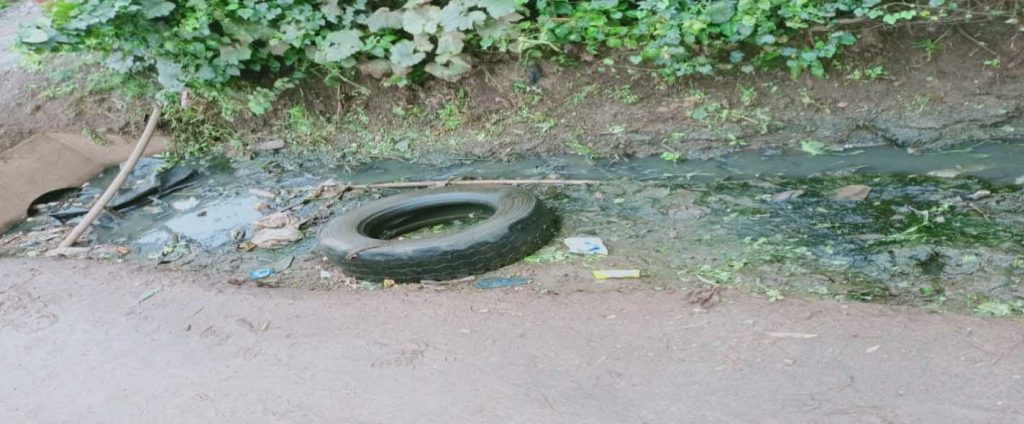
Figure1: Discharged raw sewage in to the storm drain
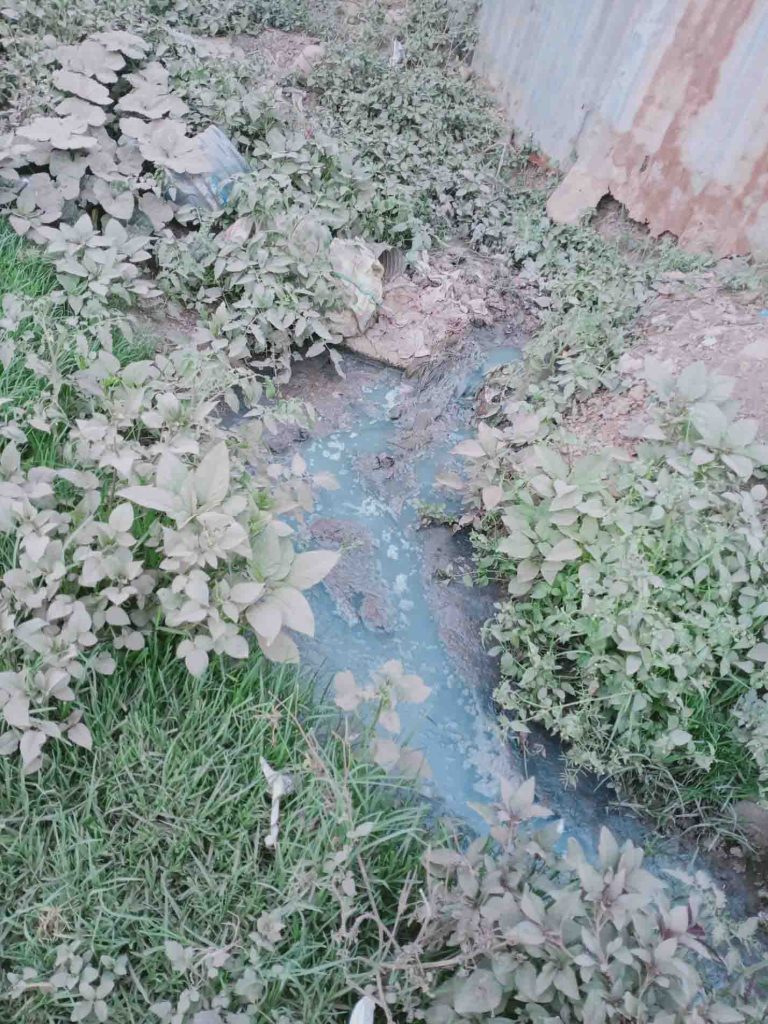
Figure2: Discharged raw sewage in to the environment
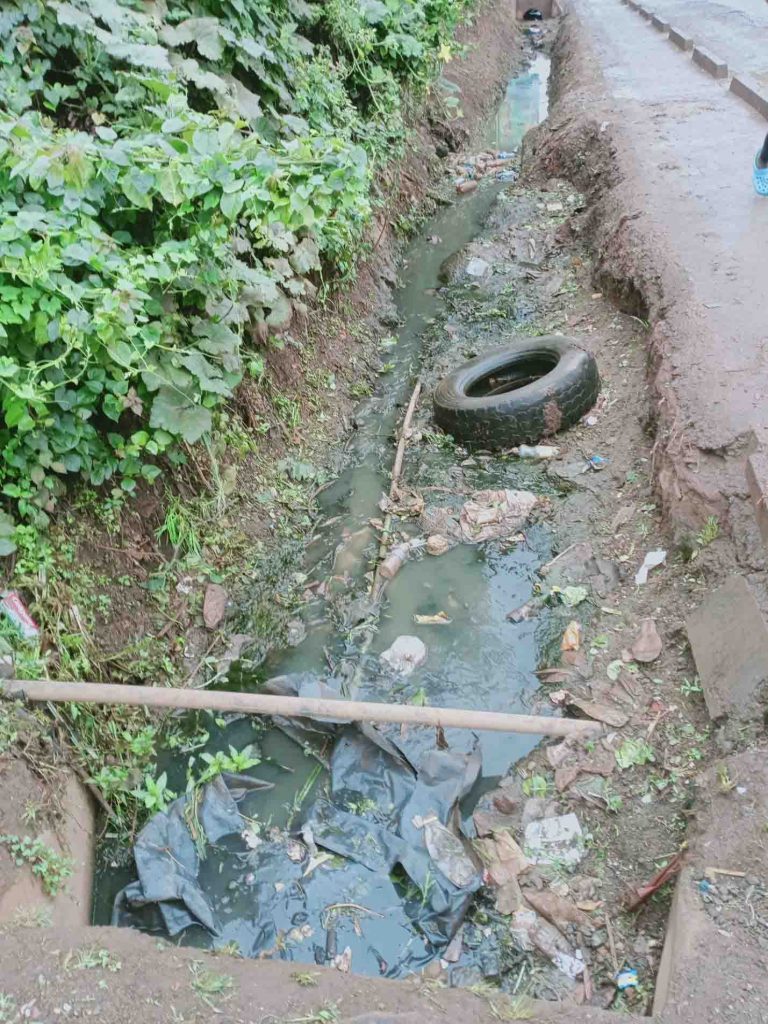
Figure 3: Discharged raw sewage in to the storm drain
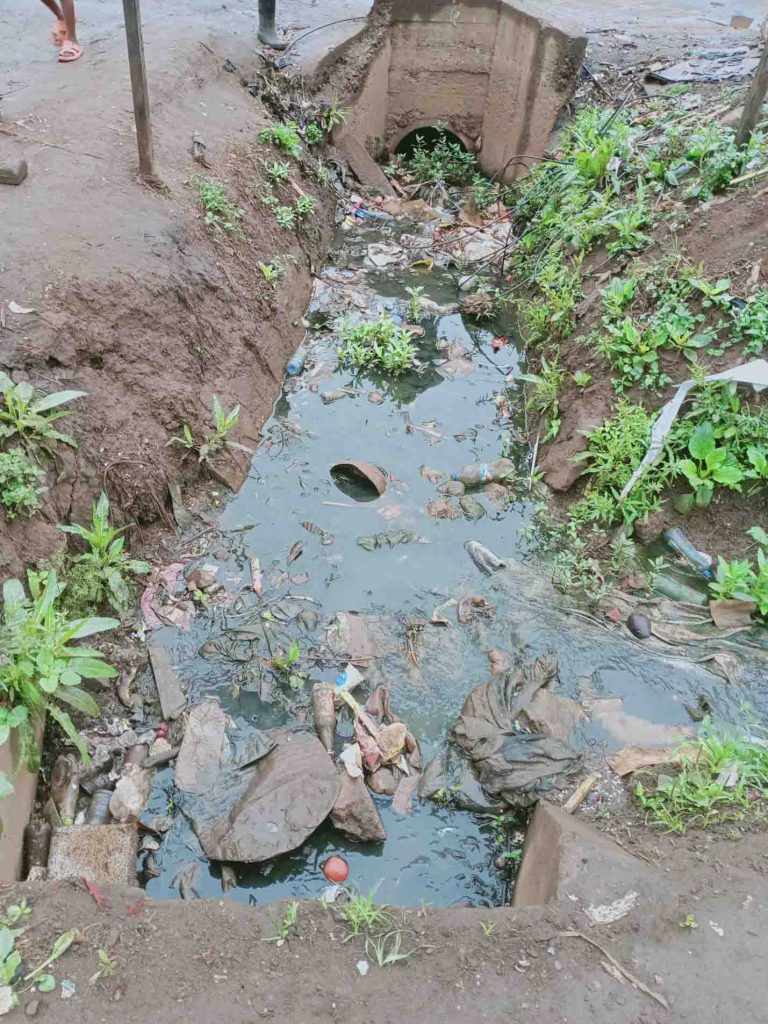
Figure 4: Discharged raw sewage in to the storm drain
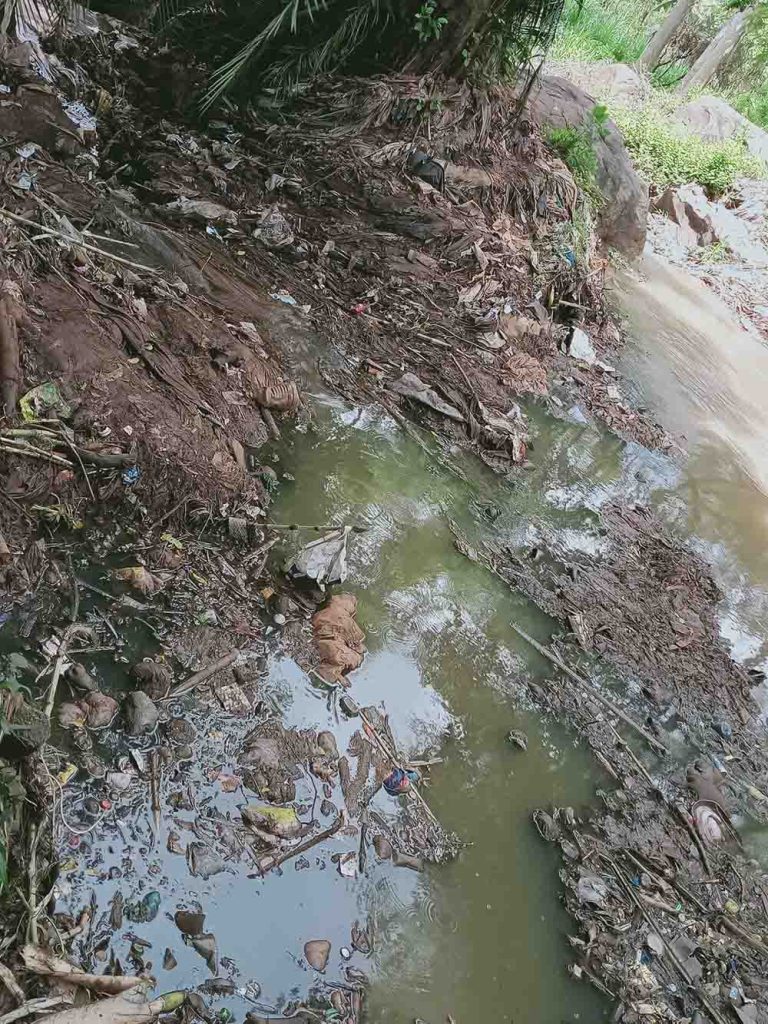
Figure 5: Discharged raw sewage in Nairobi Rivers Tributary – The Kirichwa River
Sustainability is made up of three pillars: economy, society, and the environment. These principles are also informally used as profit, people, and planet. Sustainable development is the development that meets the needs of the present without compromising the ability of future generations to meet their own needs. It contains within it two key concepts: the concept of ‘needs’, in particular the essential needs of the world’s poor, to which overriding priority should be given; and the idea of limitations imposed by the state of technology and social organization on the environment’s ability to meet present and future needs. Thus, the goals of economic and social development must be defined in terms of sustainability in all countries – developed or developing, market-oriented or centrally planned (Nations, 1987).
Wastewater treatment is a complex and dynamic process that usually operates under varying conditions and is regularly subject to monitoring of compliance governed by environmental standards (Authority, 29th September 2006) First, we need to understand the treatment process that at times may fail due to the dynamic mechanisms that govern the process performance and the interactions between process parameters and effluent characteristics, which are critical to fulfilling the environmental security standards.
The Treatment
Sewage or simply wastewater can be defined into three categories:
Blackwater – which originates from toilet fixtures, dishwashers, and food preparation sinks and is given its name because it is considered to be highly contaminated and pathogenic with dissolved chemicals and particulate matter in it.
Greywater – which originates from non-toilet and non-food fixture areas such as bathroom sinks, laundry machines and bathtubs.
Yellow water – is urine collected using specific channels and not contaminated by either blackwater or greywater.
The treatment methods of each of these categories are different and unique. The resulting treated effluent should meet the stated standards by NEMA to be reused (Authority, 29th September 2006) There are several methods and processes as follows (applicable for both residential and commercial systems) with each of them unique and applicable, can be used alone or in combination:
– Membrane Bioreactor (MBR) method: which is an innovative technology that integrates biological units and membrane separation units. It also allows for operation under conditions of high concentrations of mixed liquor suspended solids (MLSS) and withstands high pollutant load changes. The combined membrane units carry out effective solid-liquid separation and achieve excellent clear water for recycling and reuse.
– Membrane Bed Bioreactor (MBBR): which utilizes high-efficiency fluidized media that has a large surface area to provide optimal environmental contact for bacteria, air, waste, and water. Bacteria grow and thrive in the open pores.
– Extended Aeration: this is a technology that ensures the level of oxygen is high in the water because wastewater treatment involves the use of aerobic bacteria whose purpose is to feed on the waste and need oxygen for survival.
– Activated Sludge System: is where active bacteria are retained in sludge and returned to the aeration chambers to continue decomposition.
Treatment Processes
These represent the basic process steps that occur in all treatment methods:
– Screening: Wastewater influent contains solids particles e.g. dead wood, rocks and even metals that are removed at this stage before water is allowed into the waste water treatment plant to prevent blockage of waterways, damage of equipment’s and for easy flow.
– Pumping: The wastewater system relies on the force of gravity to move the wastewater influent into the treatment plant hence they are normally located on low ground, but if the plant is built above ground level the waste water has to be pumped to the treatment location, at which point gravity takes over and move the waste through the treatment system.
– Aerating: Air is continuously pumped through wastewater by the help of a blower, resulting in the mixing up of the influent causing some of the dissolved gases e.g. hydrogen sulfide that has a foul smell to be released from the water. As organic matter decays with the help of aerobic bacteria, it uses up oxygen, hence aeration replenishes this oxygen through the water and keeps the organic materials suspended while it forces grit (coffee grounds, sand and other small dents particles) to settle at the bottom, and these settled sediments are later pumped out.
– Removing Sludge and Scum: Sludge, the organic portion of the wastewater, which is much denser than water is allowed to settle down where it is easily pumped out. As the sludge settles down, the less dense materials of the wastewater e.g. grease, oil and foam float up and is skimmed out.
– Disinfection: Before the treated water (effluent) is stored for reuse or discharged into the environment, bacteria are removed through the addition of chlorine in the chlorine contact tank. This is an extra precaution to ensure there is no growth of bacteria (Michael Richard, June 8 2003).
After the treatment process, the effluent is either reused or discharged into the environment. To ensure the quality of the treated water is per excellence there is usually daily monitoring of parameters like pH, smell temperature, settleability tests and turbidity; and as recommend there is usually tests taken at a recognized laboratory to measure the parameters required for treated wastewater which are like biological oxygen demand (BOD), chemical oxygen demand (COD), fats, oil and grease (FOG), total dissolved and suspended solids (TDS, TSS) among others., as shown in the table below (Authority, 29th September 2006).
DISCHARGE INTO THE ENVIRONMENT (Parameter) | MAXIMUM ALLOWABLE (Limits) |
Biological Oxygen Demand (BOD5 days at 20°C) (mg/l) | 30 |
Total Suspended Solids (mg/l) | 30 |
Total Dissolved Solids (mg/l) | 1200 |
Total Coliforms (counts/ 100 ml) | 30 |
pH (Hydrogen ion activity, marine) | 5.0-9.0 |
Oil and Grease (mg/l) | Nil |
Temperature (in degrees Celsius) based on ambient temperature. | Ambient Temperature ±3 |
Chemical Oxygen Demand (mg/l) | 50 |
Colour in Hazen Units (HU) | 15 |
Total phosphorus (mg/l) | 2 Guideline value |
Total Nitrogen (mg/l) | 2 Guideline value |
Ammonia, ammonia compounds, nitrate compounds and nitrite compounds (mg/l) | 100 |
Chromium VI (mg/l) | 0.05 |
Lead (mg/l) | 0.01 |
Cadmium (mg/l) | 0.01 |
Zinc (mg/l) | 0.5 |
Conclusion
From the above discussion, it’s clear that there is a dire need for a solution to the sanitation problem that is sustainable. This would be by:
– Creating Awareness: through talking about sewage; its effects, its management; its treatment, and its benefits. This will help remove the stigmatization associated with it and people will start seeing it as a solution rather than a problem.
– Public Participation: In any matters concerning the sewerage system the public should be involved in the projects as this will lead to a sense of ownership that will cause a ripple effect of taking care and overall success of the projects.
– Locally made Equipment and Chemicals: this will go a great way in reducing the cost of wastewater treatment plants if the equipment to build and chemicals to maintain were available locally. Through partnership of the private sector and the government to reduce the cost of these systems as they are imported and this makes them expensive.
– Research: the government should invest in higher learning institutions research on wastewater treatment to enable innovations that will improve the performance of the available treatment methods and increase the ways of reusing.
– Law Enforcement: the government should have stringent measures on culprits and be more aggressive to curb the behavior of discharging raw sewage when it rains.
– Waste Water Treatment Facilities: the government needs to reclaim back the grabbed land set aside for waste water treatment facilities in the existing plants, upgrade the available facilities to improve performance, build more facilities for treatment and increase the sewerage network to those areas not yet connected.
If we all play our role, from the citizens to the government, as it’s a combined effort we can salvage and improve the sanitation problem in our country and ensure water security thus bring us closer to attain the Sustainable Development Goals (SDGs), Nairobi Integrated Urban Development Master Plan (NIUPLAN), Kenya Vision 2030 and return to glory the Nairobi River that translates to cool waters.
References
A.K. Chapagain, A. H. (Nov 2004). Water footprints of nations. Value of Water Research Report Series. Delft: Unesco-IHE Institute for Water Education.
Authority, N. E. (29th September 2006). Water Quality Regulations. Kenya Gazette Supplement No. 68.
County, N. C. (December 2014). The Project on Integrated Urban Development Master Plan for the City of Nairobi in the Republic of Kenya. Nairobi: Nippon Koei Co. Ltd, IDCJ inc, EJECE Inc.
Kenya, G. O. (2009/10). Water Supply and Sanitation in Kenya, Turning Finance into Services for 2015 and Beyond. Water and Sanitation Program.
Michael Richard, S. B. (June 8 2003). Activated sludge microbiology problems and their control. 20th Annual USEPA National Operator Trainers Conference, (pp. 1-21). Buffalo.
Nations, U. (1987). Our Common Future, Brundtland Report. World Commission on Environment and Development.
Statistics, K. N. (November 2019). 2019 Kenya Population and Housing Census. Kenya National Bureau of Statistics.
Wainoga, J. (n.d.). Land Resource Management and Agricultural Technology. Retrieved from University of Nairobi: https://a-larmat.uonbi.ac.ke/content/assessment-suitability-treated-waste-water-kenya
Water, F. (2009). Water at a Glance. The relationship between water, agriculture, food seurity and poverty. Rome: Water Development and Management Unit, Food and Agriculture Organization of the United Nations.
Water, U. (2017). The United Nations World Water Development Report 2017. UNESCO.
Water, U. N. (2018). Sustainable Development Goal 6 synthesis report on water and sanitation. New York 10017: United Nations.
3 Comments
A very in depth, informative and easy to understand article. Thank you Joan.
Your most welcome Naima. I am glad the article was enlightening.
Sewage treatment management is something has on my mind for quite a while. Your research is brief yet full of valuable information. Congrats on taking you time and energy to shed more light on this matter. It is my hope that the people and government of Kenya shall achieve this, to quote you, ‘through combined effort we can salvage and improve the sanitation problem in our country